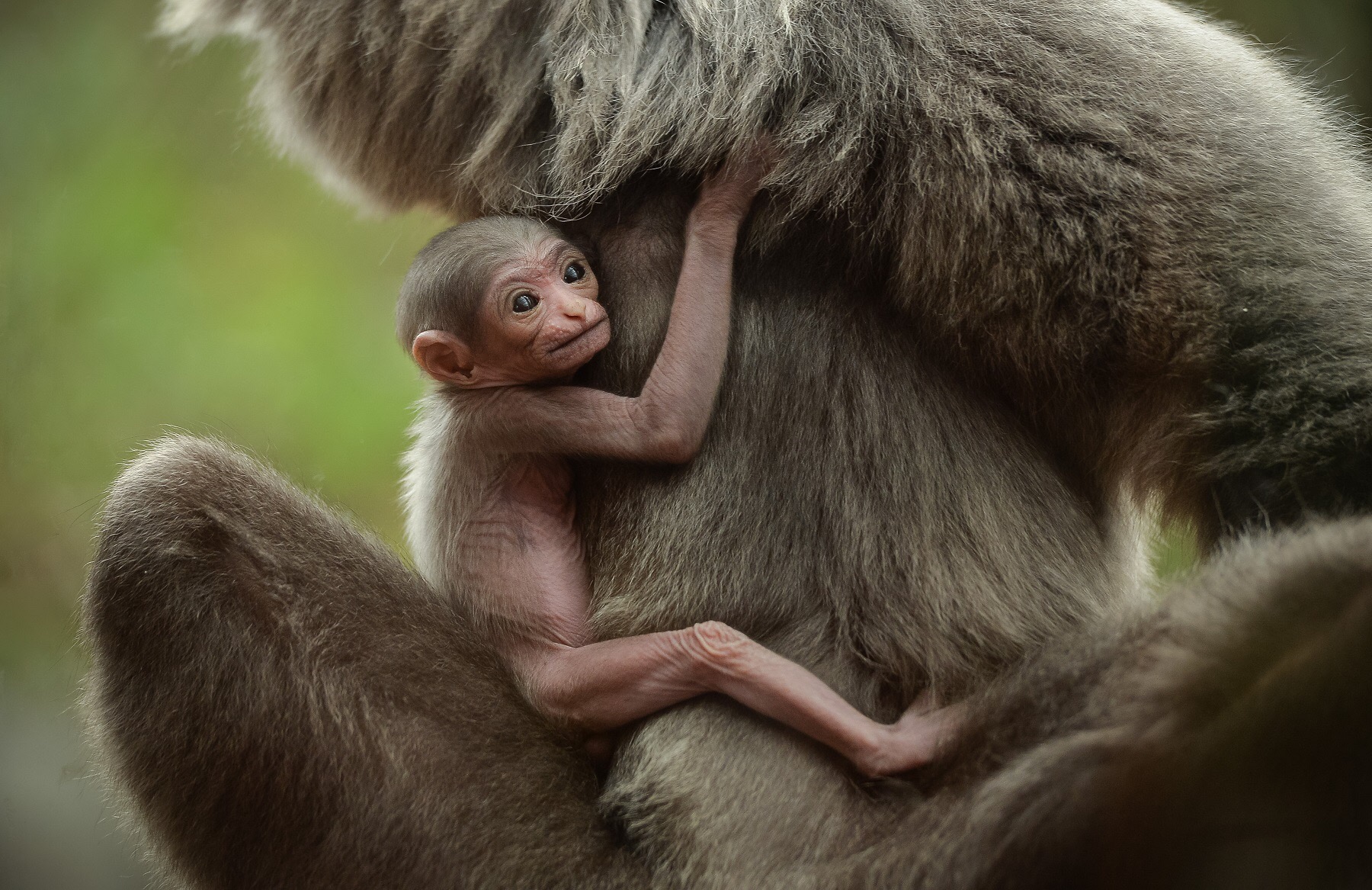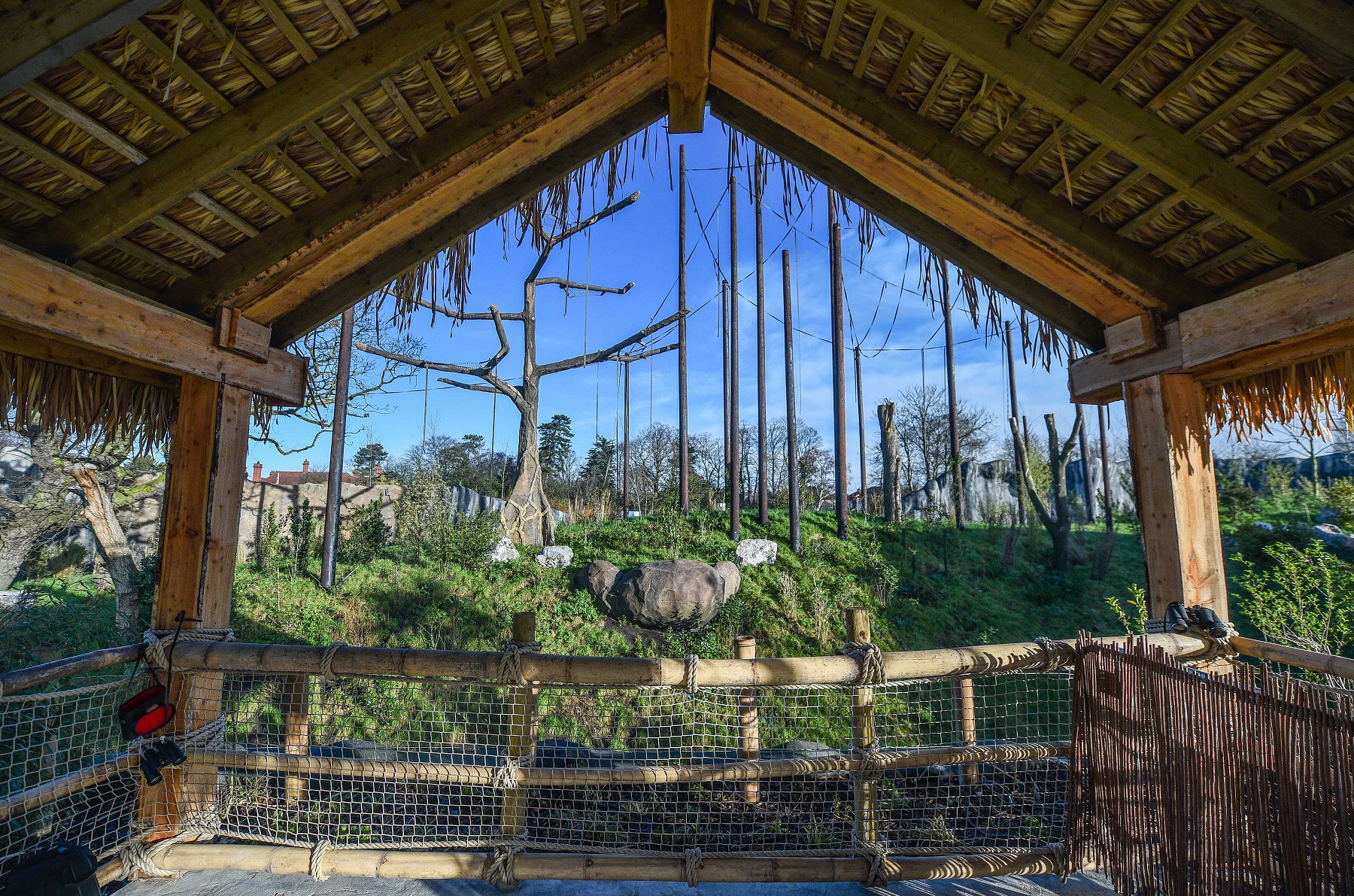The (3,607m sq) exhibit, part of Islands, the UK’s biggest ever zoological development, has been designed by the zoo’s primate keepers, conservationists and specialist architects from Germany. It is the new playground for the zoo’s group of seven Sumatran orangutans and three silvery gibbons – including a 12-day-old newborn.
Conservation experts estimate that fewer than 6,500 Sumatran orangutans and less than 4,500 silvery gibbons are left in the wild. The zoo hopes the new area will put a major spotlight on issues such as habitat destruction, a threat which is pushing both species to the very edge of extinction.
Tim Rowlands, curator of mammals at the zoo, said:
“Without vital conservation efforts, Sumatran orangutans and silvery gibbons could both become extinct in the near future. We just hope that this fantastic new environment at the zoo will encourage visitors to learn more about these stunning species and the long-term conservation efforts we’re involved with to try and protect them for the future.
“The zoo is working with a number of conservation partners to restore and protect habitats across Sumatra and Borneo and in the UK where we’re encouraging businesses to source palm oil products from sustainable retailers in their supply chain. Habitat destruction, to make way for palm oil plantations is something that’s really impacting on animals like orangutans and gibbons but the work we’re doing is helping to shape a brighter future for them, and a range of threatened species in the region of South East Asia.
“We want to showcase just how much careful work goes into the conservation of such a charismatic species and, by doing so, hope we’ll inspire a new generation of people to really care about wildlife, especially those species that are hanging on to survival by a thread.”
The new exhibit includes state-of-the-art breeding facilities and a host of climbing poles reaching heights of 15 metres using ropes, rockwork, trees, webbing and sway poles – carbon fibre poles that ‘sway’ similarly to trees when orangutans move from one to another above the forest canopy when foraging for food.
The new occupants, Sumatran orangutans, Tripa, Tuti, Indah, Emma, Subis, Puluh and Siska and the family of silvery gibbons, are joined in Chester Zoo’s Islands by other newcomers including green crested lizards, mountain horned dragons and endangered spiny hill turtles, species also hailing from South East Asia.








